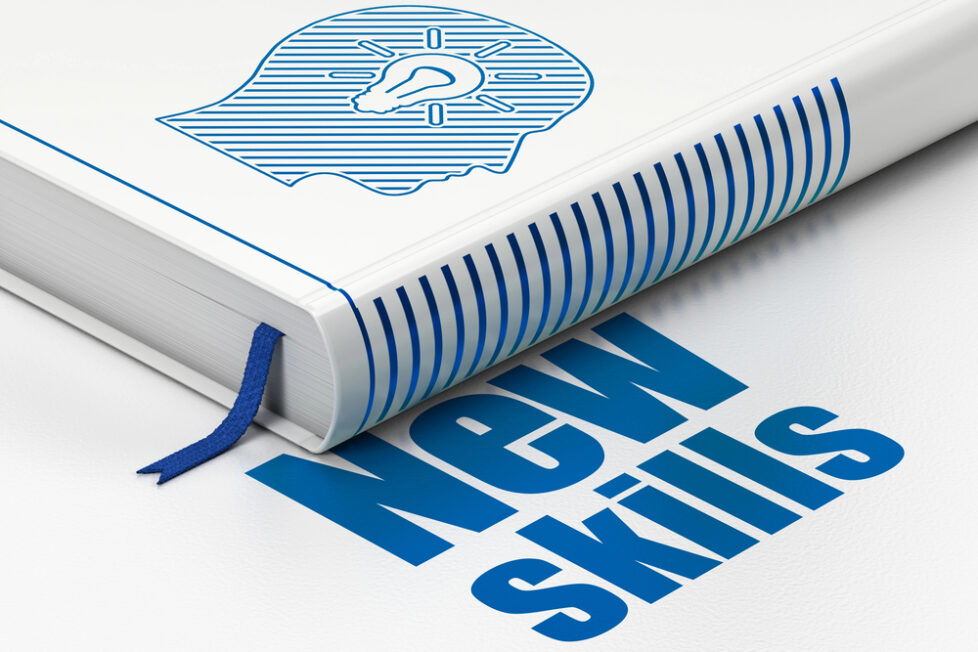Enhancing Engineering Skills Through Real-Time Data Analysis


LINKS TO CONTENT
ToggleThe transformative power of real-time data analysis is revolutionizing industries by offering unprecedented insights into operational efficiency, customer behaviour, and technological advancements. For engineers, the capability to analyze and act upon data instantaneously is not just an advantage; it’s rapidly becoming a necessity. This exploration dives into how real-time data analysis is profoundly enhancing engineering skills, enabling professionals to innovate, solve problems more efficiently, and adapt to the fast-paced technological landscape.
In the world of engineering, data is king. But not just any data – timely, accurate, and actionable data that flows in real-time. This immediate insight into various metrics and conditions allows engineers to make informed decisions swiftly, reducing downtime, optimizing performance, and pioneering novel solutions to complex problems.
Optimizing operational processes is another area where real-time data analysis stands out. Engineers can adjust workflows instantaneously based on live data feeds, significantly improving productivity and efficiency. Whether it’s fine-tuning manufacturing lines or streamlining logistics, the ability to make quick adjustments based on up-to-the-minute information empowers engineering teams to achieve peak performance consistently.
For those seeking in-depth insights into modern tools that facilitate real-time data acquisition and analysis, exploring how DAQ systems function could provide valuable understanding. These systems are integral for collecting and analyzing data in real-time, highlighting the essential role they play in enhancing engineering practices.
Quality control is another critical area where real-time data analysis makes a significant impact. By continuously monitoring variables and conditions, engineers can ensure products meet stringent quality standards. Any deviation from the norm can be detected and corrected immediately, leading to higher-quality outputs and reducing waste and defects. This level of preciseness enhances brand reputation and customer satisfaction, further underlining the importance of real-time data in engineering practices.
The integration of real-time data analysis into engineering education is preparing the next generation of engineers for the challenges of modern industry. Students who learn to harness the power of instantaneous data analysis are better equipped to tackle real-world problems, innovate, and drive progress. This hands-on experience with data analytics tools and techniques is invaluable, highlighting the symbiotic relationship between education and industry advancements.
One of the most significant applications of real-time data analysis in engineering is predictive maintenance. By monitoring equipment and system data in real-time, engineers can predict failures before they occur, scheduling maintenance to prevent downtime and save significant costs. This proactive approach marks a departure from traditional reactive methods, embodying a more efficient and effective strategy for maintaining high-stakes machinery and systems.
In today’s globalized world, the ability to collaborate and manage projects remotely is crucial. Real-time data analysis facilitates such collaboration by providing team members with up-to-date information, regardless of their physical location. This capability ensures that projects progress smoothly, with all stakeholders able to make timely decisions based on the latest data. It epitomizes how technology is making engineering more flexible, inclusive, and efficient.
Innovation thrives on feedback, and real-time data analysis provides it in spades. Engineers can test new ideas and instantly gauge their effectiveness, fostering a culture of continuous improvement and rapid iteration. This immediate feedback loop not only accelerates the development cycle but also encourages a more creative problem-solving approach, pushing the boundaries of what’s possible in engineering.
As we look to the future, the integration of AI and machine learning with real-time data analysis heralds a new era of engineering and engineering skills. These technologies will allow engineers to predict trends, automate decision-making, and uncover insights that would otherwise be invisible. This synergistic relationship between AI, machine learning, and real-time data analysis is set to redefine engineering practices. This will make them more intelligent, predictive, and innovative than ever before.
Real-time data analysis also plays a pivotal role in promoting sustainability within engineering projects. By enabling engineers to monitor resource consumption and environmental impact in real-time, it fosters the development of more sustainable practices and technologies. Engineers can minimize waste, reduce energy consumption, and optimize material usage, contributing significantly to environmental preservation and sustainable development goals.
The era of real-time data analysis has dawned, bringing with it a host of opportunities for engineering skills. Enabling engineers to innovate, and lead their industries forward. By embracing the power of instant data analysis, engineers can solve problems more effectively. They also contribute to the creation of smarter, more efficient, and more sustainable systems and technologies. As the realm of engineering continues to evolve, the ability to analyze and act on real-time data will undoubtedly remain a crucial skill. Thus shaping the future of engineering and beyond.
